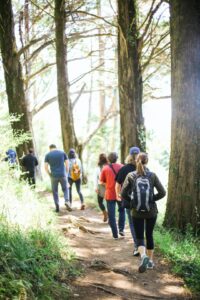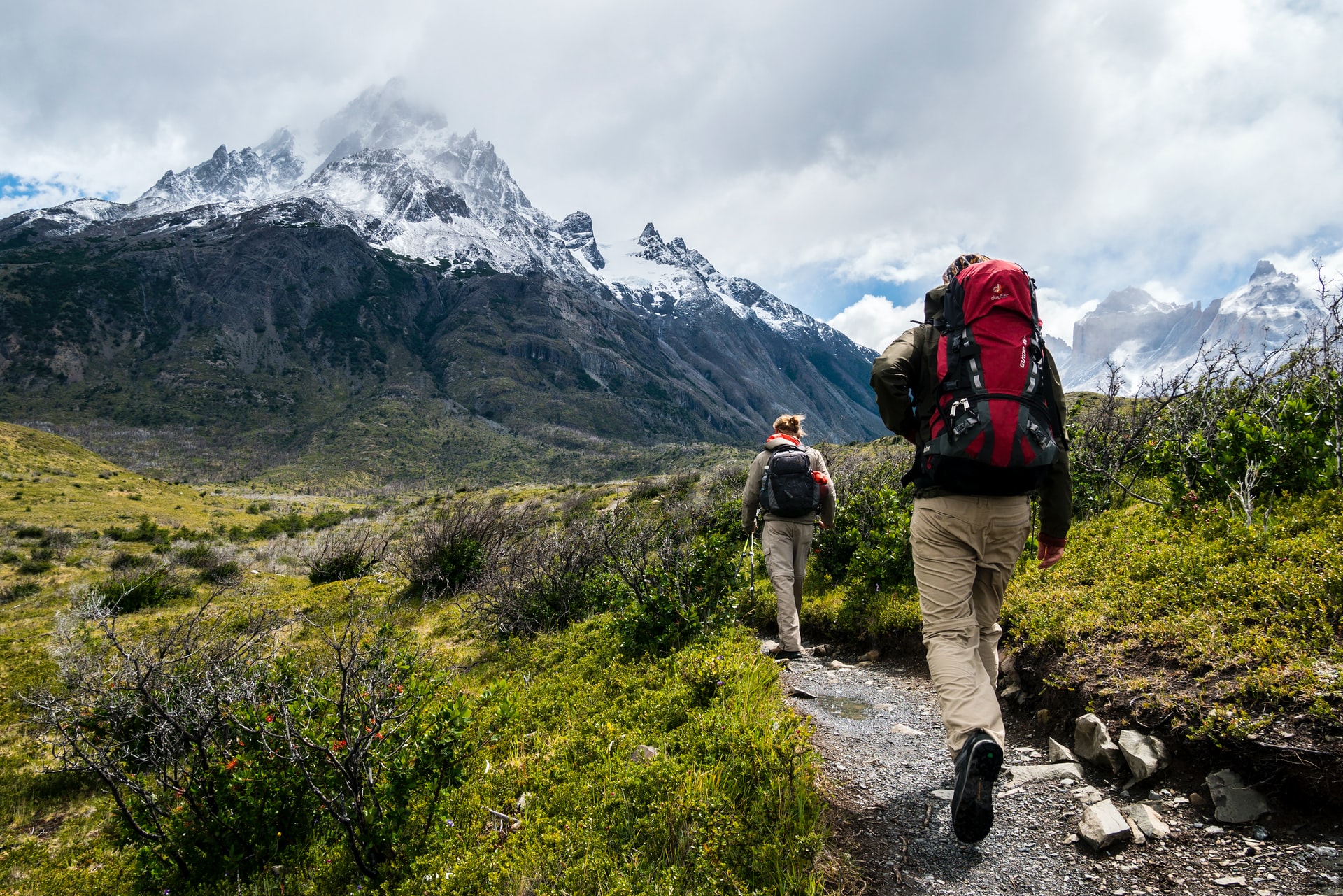Hiking vs Trekking: What’s the Difference?
Are you planning to start hiking, but you see people mentioning trekking? These two might sound similar, but there are a couple of crucial differences to consider. While both activities are walking in the wilderness, some core differences make hiking more beginner-friendly. Let’s dive into more details and pay closer attention to distinctions.
Hiking
Hiking is a leisurely activity that often follows a path. In most cases, the trail is man-made and easy to follow. That automatically means that you don’t have to get professional equipment. You can use your everyday clothes and shoes for short trails in summertime.

However, that doesn’t mean that you won’t need any equipment at all. There are hiking trails that’ll require specific shoewear for better stability and ankle injury prevention. That specifically applies to winter months when the terrain is slippery.
Additionally, hiking is, in the majority of cases, a single-day activity. There are times when people attend multi-day hiking adventures, but they usually take a couple of hours. If you’re planning a multi-day hike, you’ll need to plan your food supplies and clothing for several days. While it will be a relaxing activity, you should prepare better as it takes more time.
Hiking is more of a relaxing walk in nature, and paths usually take you through beautiful scenery that put a smile on your face. It’s a great starting point for anyone who enjoys exploring nature, but as you make progress and visit all the more accessible trails, you’ll slowly step into the trekking territory.
Trekking
Trekking is a more challenging walk in nature. After spending some time hiking with your friends, you can move on to trekking if you have enough equipment. Trekking adventures usually last for multiple days and don’t follow a man-made path. There’s much more liberty with trekking as the participants get to go off the beaten path and explore untouched nature.

During the multi-day journey, trekking adventurers change their bases. Their route takes them to a particular destination, and they take rest in different places. Hikers return to the base or go back home once they finish the hike. That’s a big difference, especially when you consider that some trekking journeys offer no accommodation. In those cases, the participants build a camp where they spend the night.
Therefore, you’ll need plenty of equipment to go through the whole journey without any hiccups.
Overall, trekking can be much more physically demanding. It’s not just about the movement speed but the sheer length of a trek and its environment. An excellent example of how demanding a trek can be is the Nort Pole one that takes over 40 days to complete.
Therefore, starting with hiking is the perfect introduction to trekking.
Which One is Right for You?
As you can tell, the differences come down to the length of the journey, its difficulty and equipment requirements. If you’re thinking about which way to go, hiking is a better option that’ll ease you in the trekking world. After exploring various hiking trails for a couple of months, or even a year, you’ll have a much better idea of what to expect on your first trek.
The difficulty doesn’t stop with trekking. As you start exploring more challenging terrains, you can always move to mountaineering—the most demanding type of nature exploration.




